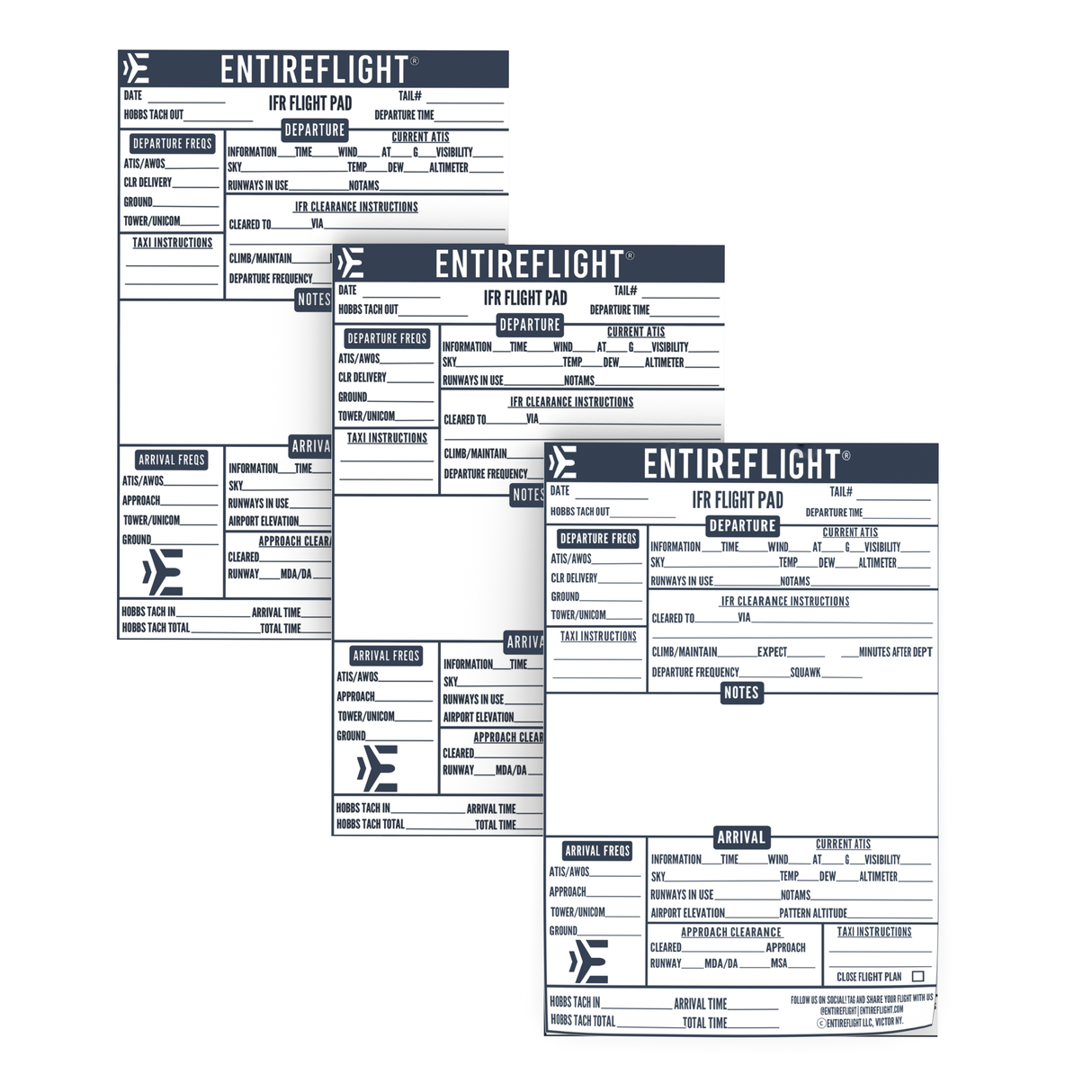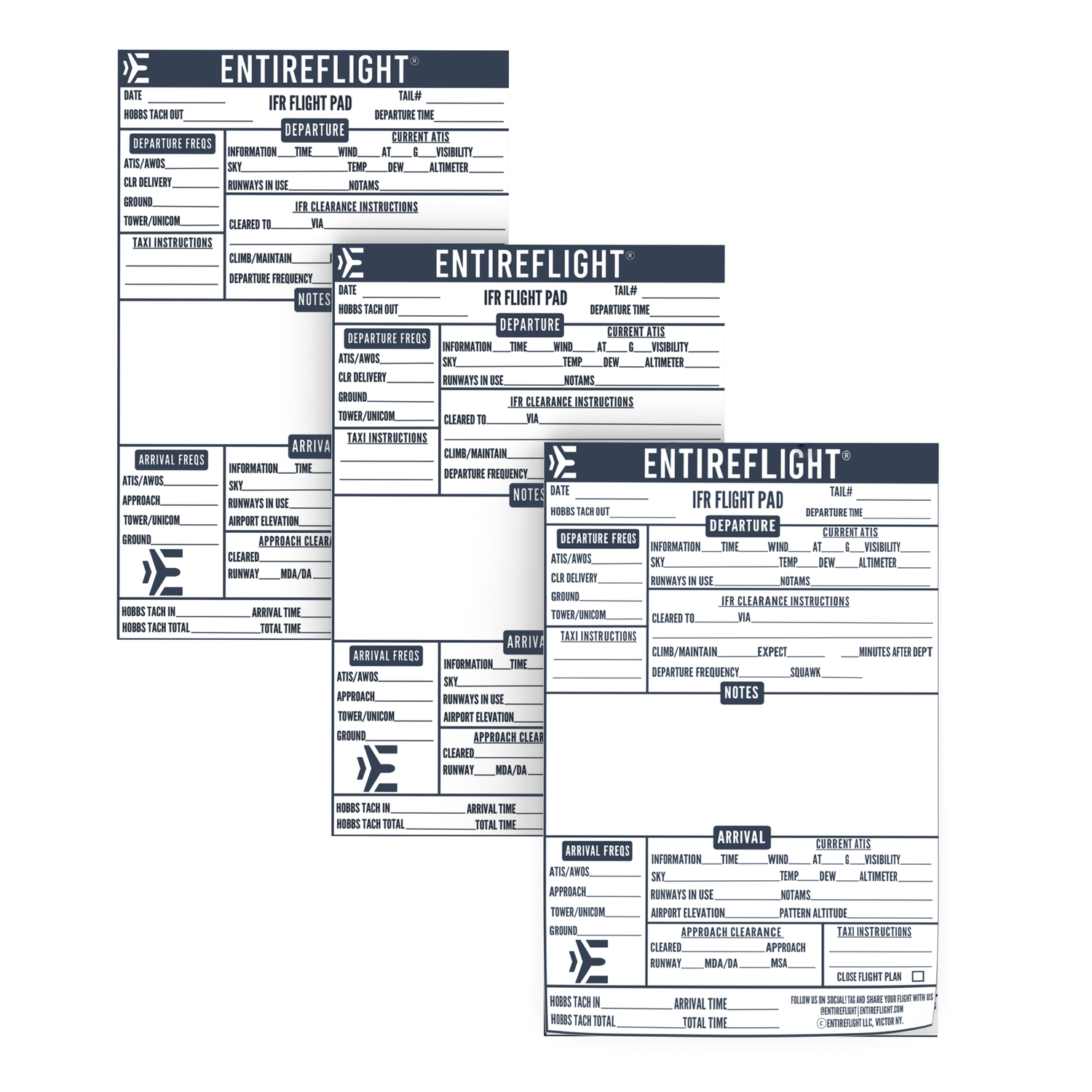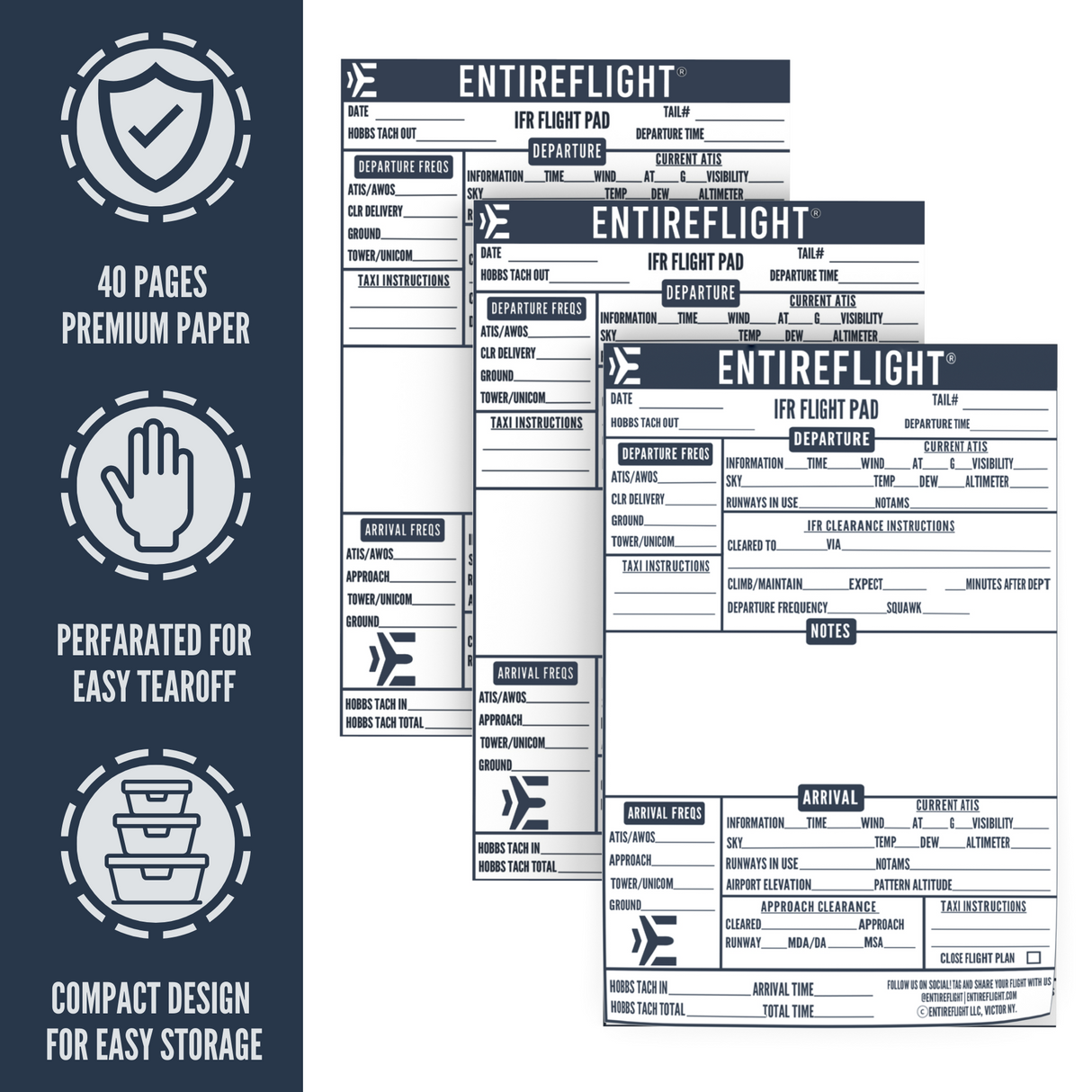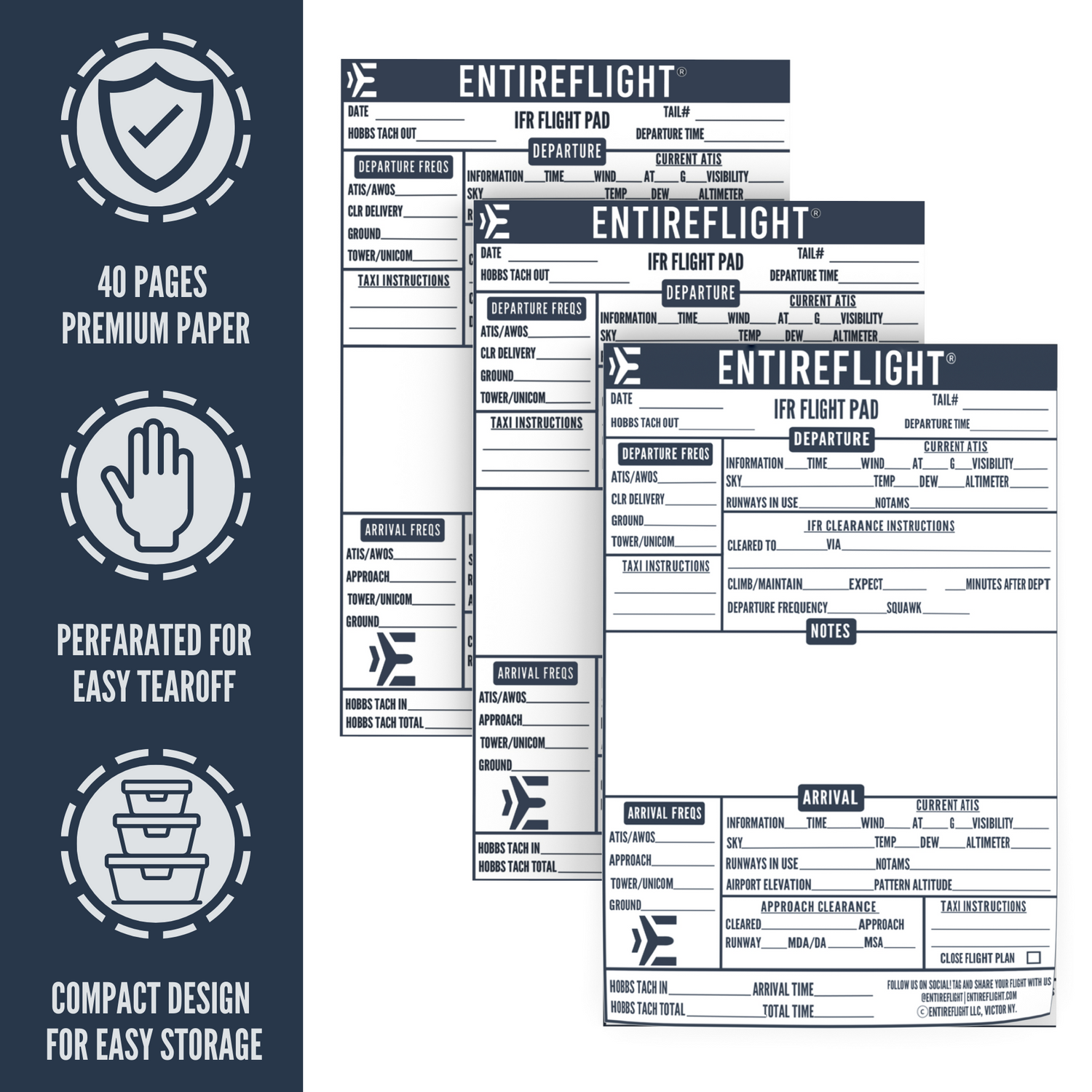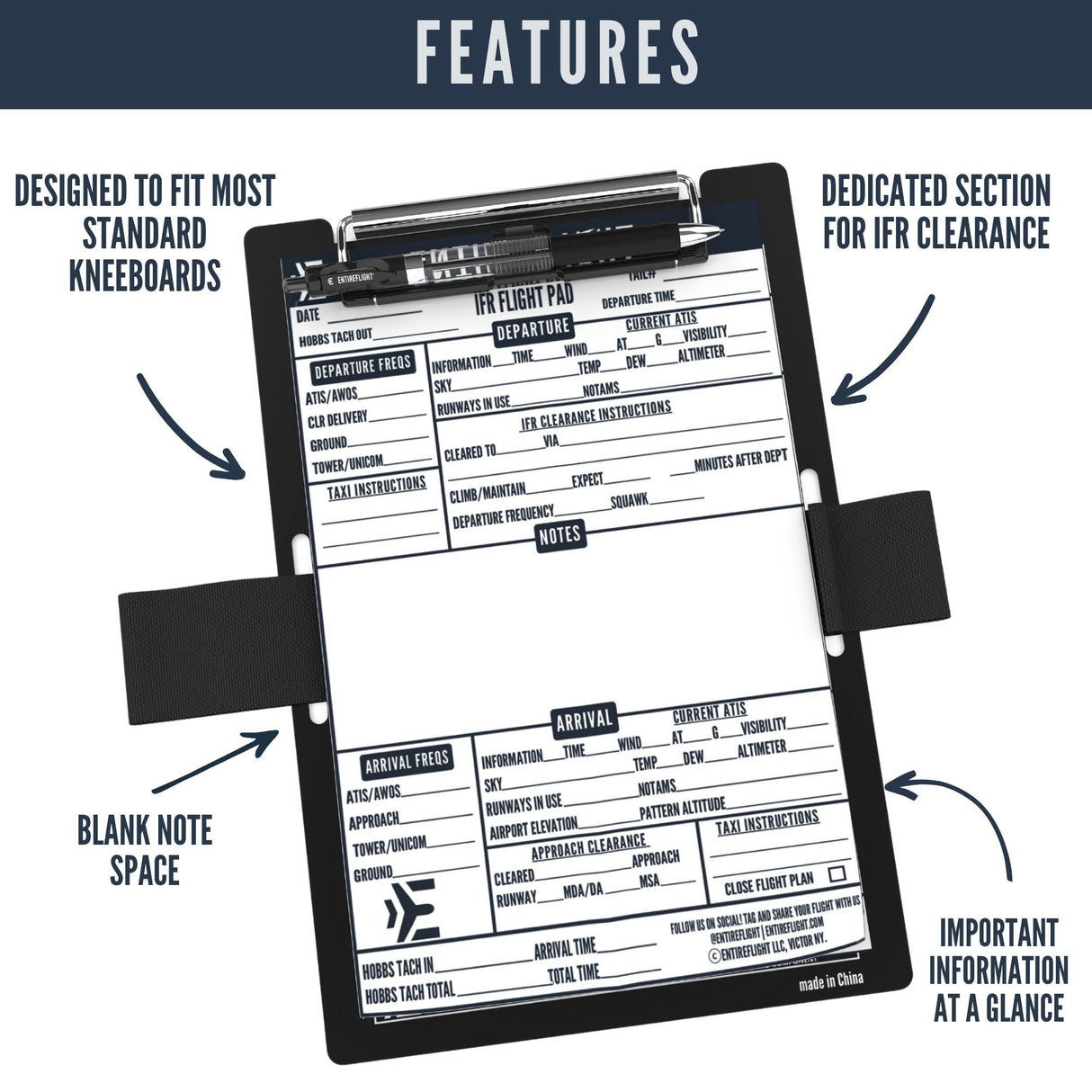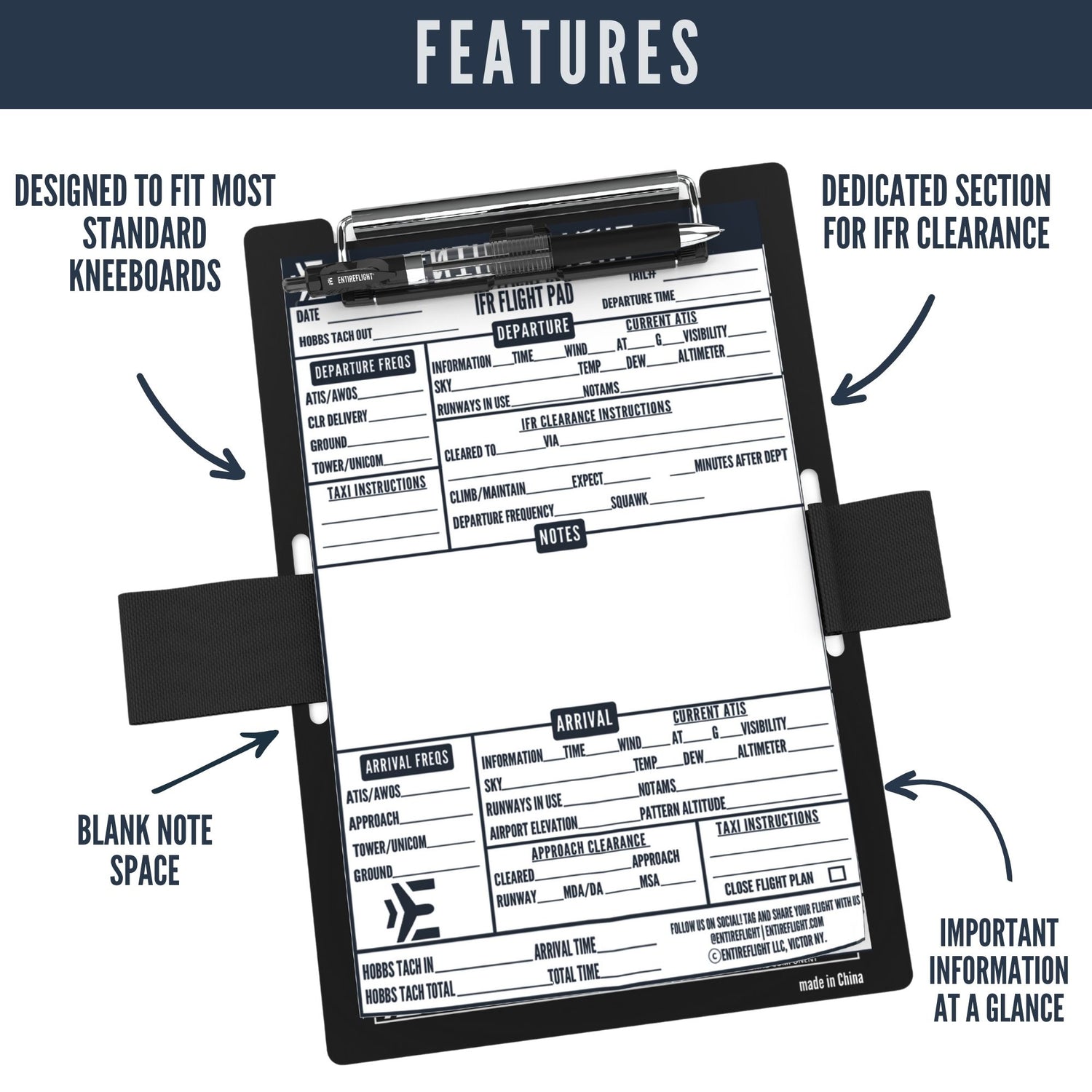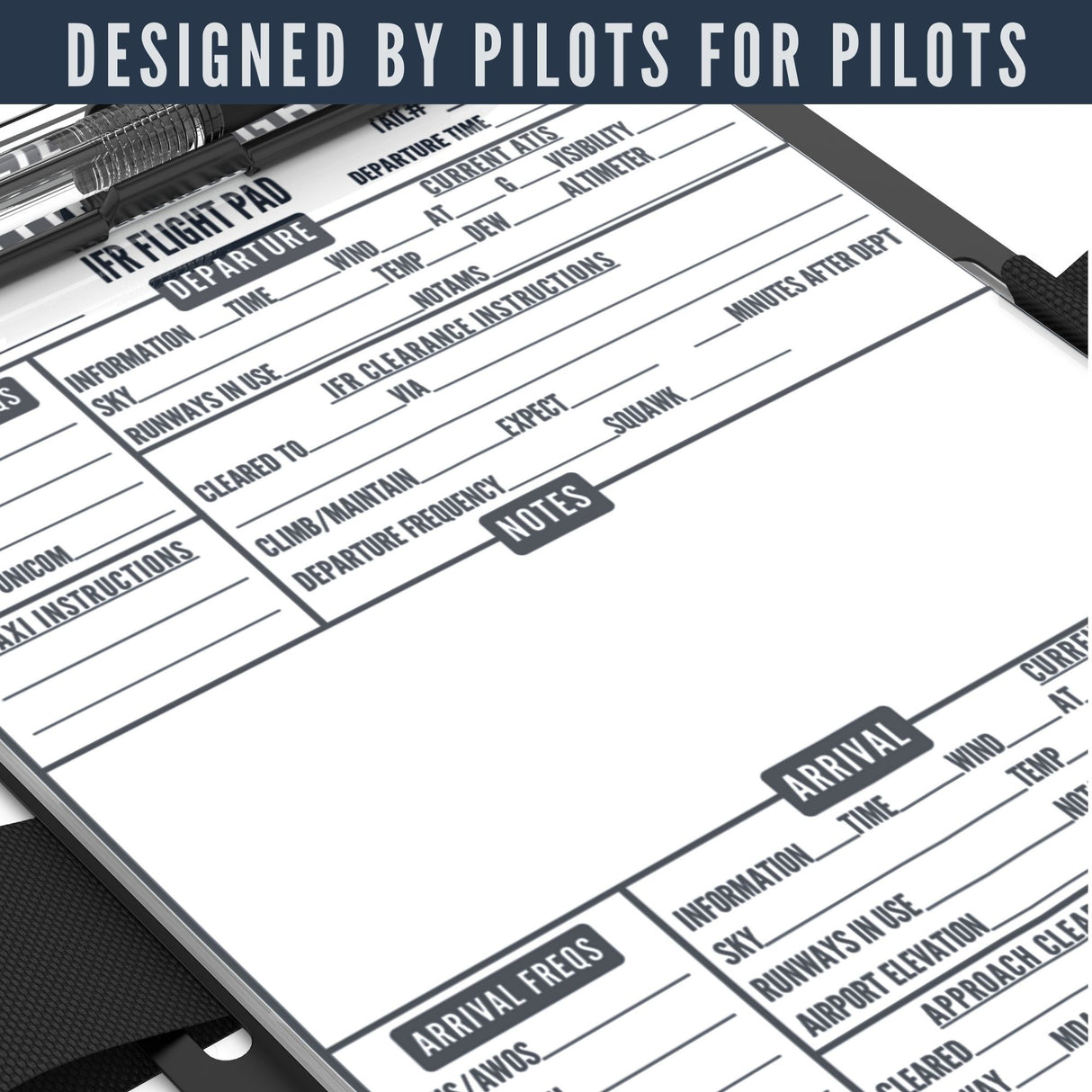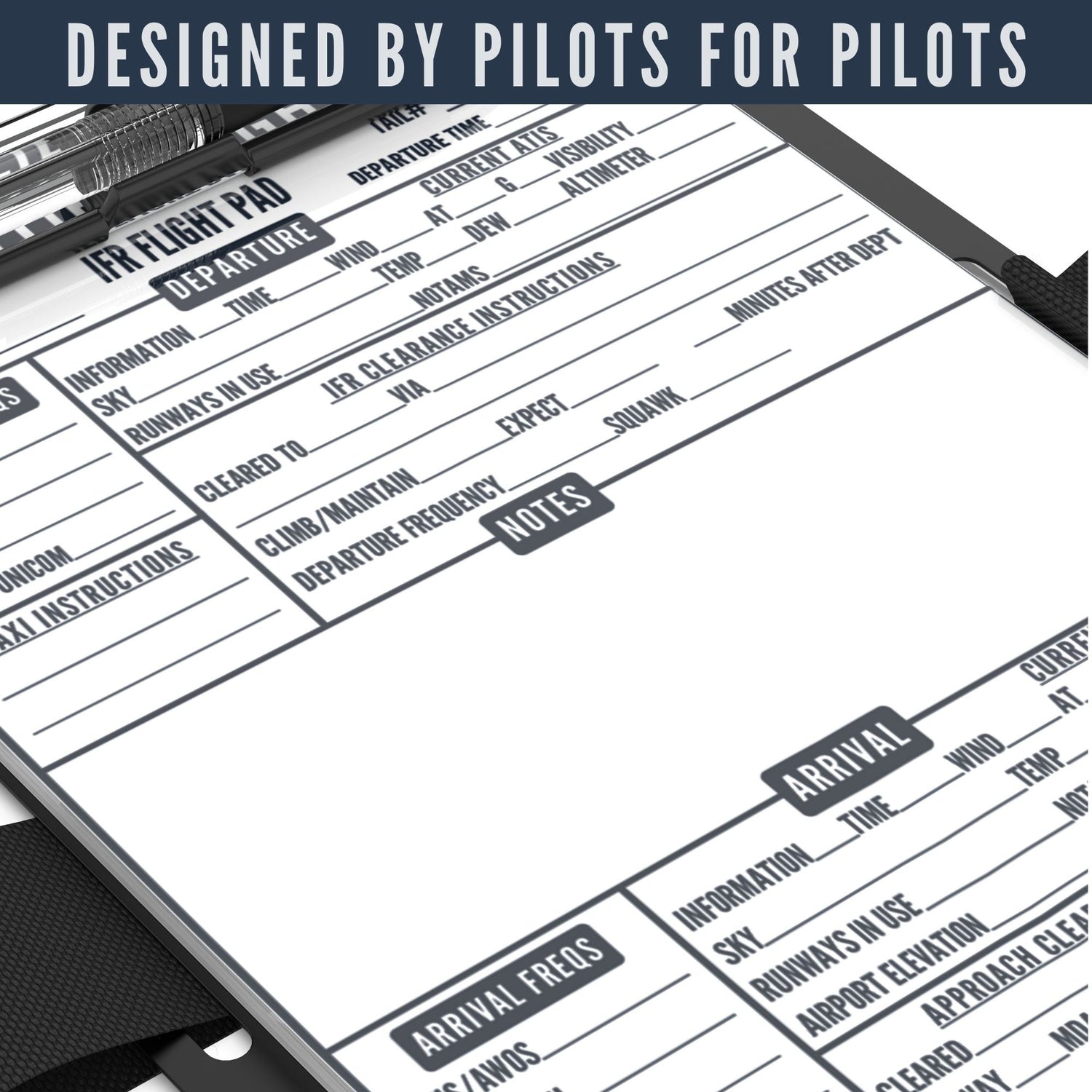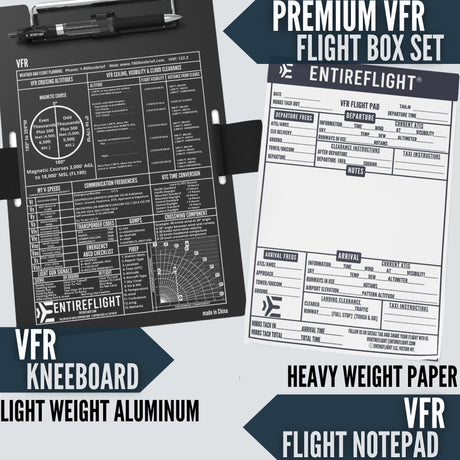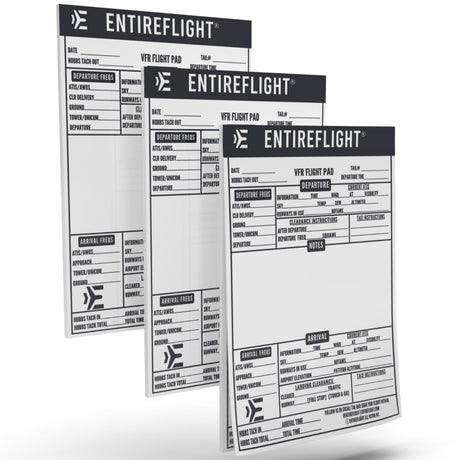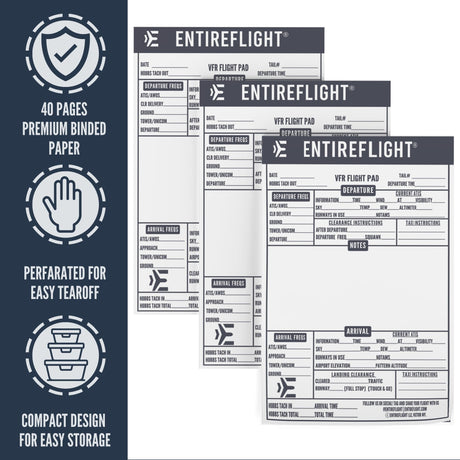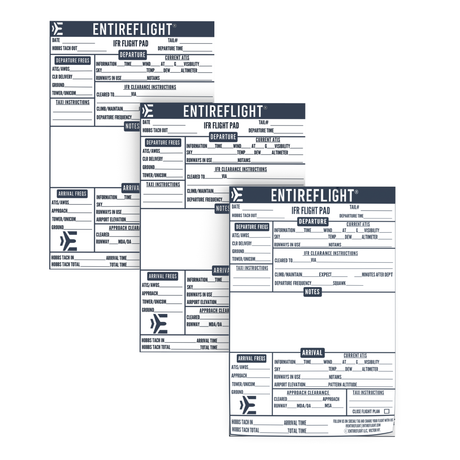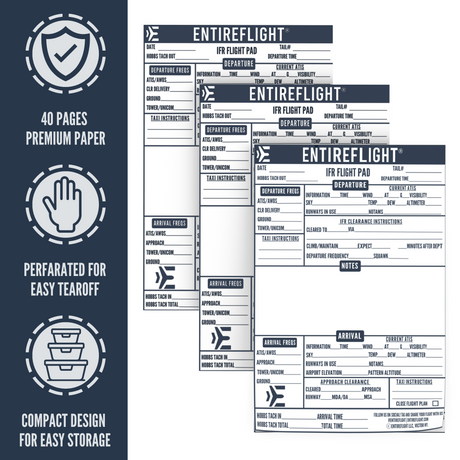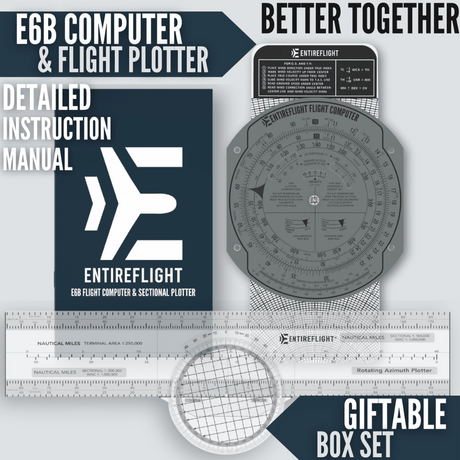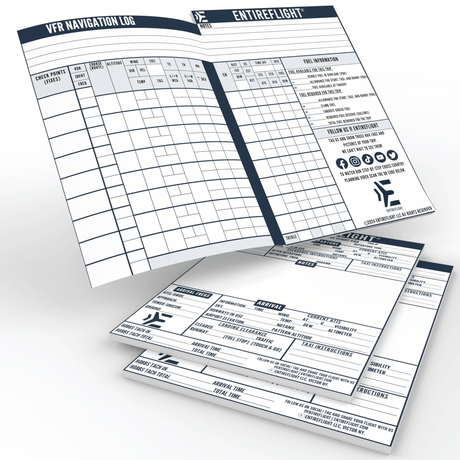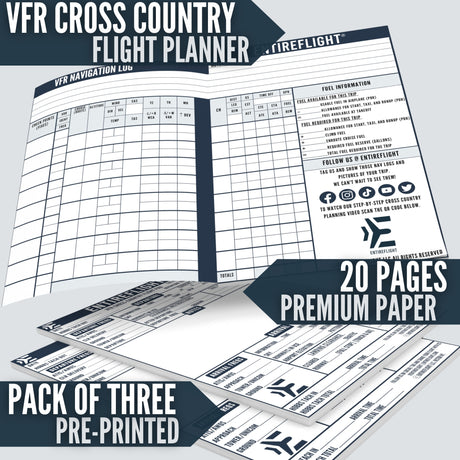Essential Flight Instruments: Spotlight on Digital Attitude Indicators
Struggling to comprehend what an aircraft attitude indicator is and how it functions? This key avionic equipment, crucial in flight safety, aids pilots in understanding the orientation of their aircraft relative to earth's horizon.
Our guide unravels this concept by explaining its principle, types including traditional, electric and digital indicators, common errors and preflight actions related to them.
Gear up for an insightful journey that will take you from being a novice to knowing your attitude indicators inside out!
Key Takeaways
- An aircraft attitude indicator is a flight instrument that displays the aircraft's pitch and bank in relation to the earth's horizon.
- There are different types of aircraft attitude indicators, including traditional mechanical indicators, electric indicators, digital indicators, and all-in-one displays.
- Common errors and limitations of aircraft attitude indicators include misalignment of the attitude adjustment knob, exceeding pitch and bank limits, gyroscopic precession, and system contamination.
- Performing thorough preflight checks is essential for ensuring the accuracy of aircraft attitude indicators. Inertial reference systems such as IRU, INS, and AHRS should be inspected and calibrated before each flight.
What is an Aircraft Attitude Indicator (aka Gyro Horizon or Artificial Horizon)?
An aircraft attitude indicator is a flight instrument that displays the aircraft's pitch and bank in relation to the earth's horizon. It provides pilots with crucial information about their aircraft's orientation and helps them maintain proper control during flight.
Definition and purpose
The attitude indicator serves a vital role in aviation. This essential piece of equipment provides real-time data to pilots.
Mounted within an aircraft's cockpit, it employs a gyroscope to maintain its orientation regardless of the plane's movements. Thus, it creates an artificial horizon that guides pilots about their aircraft's position relative to earth's actual horizon.
This instrument proves especially critical when visual cues outside are limited or obscure - like during night flights and poor weather conditions. Furthermore, improving flight safety is another key purpose of this tool; it enables safe navigation and efficient maneuvering of large and miniature aircrafts by presenting accurate information on its spatial orientation at all times.
How it works
The attitude indicator shows rotation about both the longitudinal axis (bank) and the lateral axis (pitch), indicating the degree of bank and nose-up/nose-down attitude of the aircraft.
The instrument works based on the principle of rigidity in space, utilizing a gyroscope to maintain its orientation regardless of the aircraft's movements. When the aircraft changes its pitch or bank, the gyroscope's precession causes the attitude indicator to display the aircraft's corresponding attitude against an artificial horizon. This display allows pilots to precisely gauge their aircraft's angles, aiding them in maintaining accurate control and a level flight position even when visual references outside the aircraft are limited or obscured. The attitude indicator plays a crucial role in ensuring safe flight operations, especially during challenging flying conditions and instrument flight.
Types of Attitude Indicators
There are several types of aircraft attitude indicators, including traditional attitude indicators, electric attitude indicators, digital attitude indicators, and all-in-one attitude indicators. The table below describes each type:
| Attitude Indicator Type | Description |
|---|---|
| Traditional Attitude Indicators | Also known as mechanical AI, these gyroscopic flight instruments display information against an artificial horizon. They help pilots assess their aircraft's orientation relative to Earth's horizon, especially in limited visibility or poor weather conditions. |
| Electric Attitude Indicators | These are modern alternatives to traditional mechanical indicators that use electronic sensors and displays to provide real-time information about the aircraft's pitch and bank. They offer enhanced reliability and built-in self-test capabilities for accurate aircraft control during flight operations. |
| Digital Attitude Indicators | Advanced aircraft instrumentation, digital attitude indicators utilize electronic displays to show data. They offer improved accuracy, reliability, and may display additional flight data such as altitude, airspeed, heading, and navigation information in a user-friendly interface. |
| All-in-One Attitude Indicators | Combining multiple flight instruments into a single compact display, All-in-One attitude indicators provide pilots with essential data on pitch, bank, heading, altitude, and airspeed, streamlining situational awareness. Their user-friendly interface makes it easier for pilots to access critical information during flight. |
Common Errors and Limitations of Aircraft Attitude Indicators
Understanding the common errors and limitations of aircraft attitude indicators is essential for pilots to ensure safe and accurate flight operations. Let's explore the potential pitfalls and challenges that pilots may encounter while using these critical instruments:
- Attitude Adjustment Knob Misalignment: Misalignment of the attitude adjustment knob can lead to incorrect indications, compromising the accuracy of the aircraft attitude indicator. Regularly checking and ensuring proper alignment is necessary to maintain precise instrument readings.
- Exceeding Limits: Going beyond the recommended limits can result in misleading readings, potentially leading to loss of control or unsafe flight conditions. Pilots must stay aware of these limits and adhere to them at all times.
- Gyroscopic Precession: This occurs when a force is applied to a spinning gyroscope, resulting in a delayed response. Pilots must make small, gradual adjustments to maintain accurate readings and control over the aircraft.
- System Contamination: Contaminants, such as moisture or debris, can enter the system and interfere with the accurate function of the aircraft attitude indicator. Regular inspections and cleaning are crucial to prevent any contaminants from compromising the instrument's reliability.
Preflight Actions and Inertial Reference Systems
Performing thorough preflight checks is essential to ensure the accuracy of aircraft attitude indicators. During these checks, pilots should inspect and calibrate the inertial reference unit (IRU), inertial navigation system (INS), and attitude heading reference system (AHRS).
These systems play a crucial role in providing precise and reliable attitude indications during flight.
Inertial reference unit (IRU), inertial navigation system (INS), and attitude heading reference system (AHRS)
The use of inertial reference systems play a vital role in ensuring accurate attitude indications on aircraft attitude indicators. Additionally, the integration of inertial reference units (IRUs), inertial navigation systems (INSs), and attitude heading reference systems (AHRSs) enables precise measurement and calculation of the aircraft's orientation, contributing to more reliable and accurate attitude indications on the instrument panel.
These systems utilize advanced avionics technology to provide real-time data, allowing pilots to confidently rely on their aircraft's attitude indicators for safe flight operations without compromising accuracy. Below are short descriptions of each system:
- Inertial reference unit (IRU): This system measures and calculates the aircraft's position, velocity, and orientation using accelerometers and gyroscopes.
- Inertial navigation system (INS): The INS uses data from the IRU to determine the aircraft's precise location, speed, and direction of travel.
- Attitude heading reference system (AHRS): The AHRS combines data from the IRU and other sensors to provide accurate information about the aircraft's attitude, heading, and bank angle.
Importance of preflight checks
Performing preflight checks is of utmost importance for pilots before every flight. These checks ensure that the aircraft's attitude indicator and other instruments are functioning properly and provide accurate information.
By conducting thorough preflight inspections, pilots can identify any potential issues or errors with the attitude indicator, such as alignment problems or system contamination.
Step-by-Step Pre-Flight Checklist for an Attitude Indicator
Master The Attitude Indicator & Clear The Path To Confident Flying
In summary, aircraft attitude indicators play a pivotal role in ensuring pilots maintain control and safety during flight. Whether using traditional mechanical instruments or modern digital displays, it's vital for pilots to be aware of potential limitations and errors associated with these instruments.
By conducting regular checks and calibrations, pilots can accurately interpret the displayed information and make informed decisions while flying. Armed with proper training and knowledge of this essential instrument, pilots can confidently navigate through any flight situation, enhancing the overall safety and efficiency of their flights.
FAQs
Q: What is an aircraft attitude indicator?
A: An aircraft attitude indicator, also known as an artificial horizon or
Q: How does an aircraft attitude indicator work?
A: An aircraft attitude indicator uses gyroscopes and other sensors to measure the pitch (up-down) and roll (left-right) movements of the aircraft. It then translates this information into a visual representation on the instrument panel.
Q: Why is it important to understand aircraft attitude indicators?
A: Understanding and interpreting aircraft attitude indicators is crucial for pilots as it provides vital information about the orientation of their aircraft in relation to level flight, enabling them to maintain control and make accurate flying decisions.
Q: Are there different types of aircraft attitude indicators?
A: Yes, there are various types of aircraft attitude indicators available, including traditional mechanical instruments and modern electronic displays. Each type may have different features and capabilities but serves the same purpose of providing flight information.

